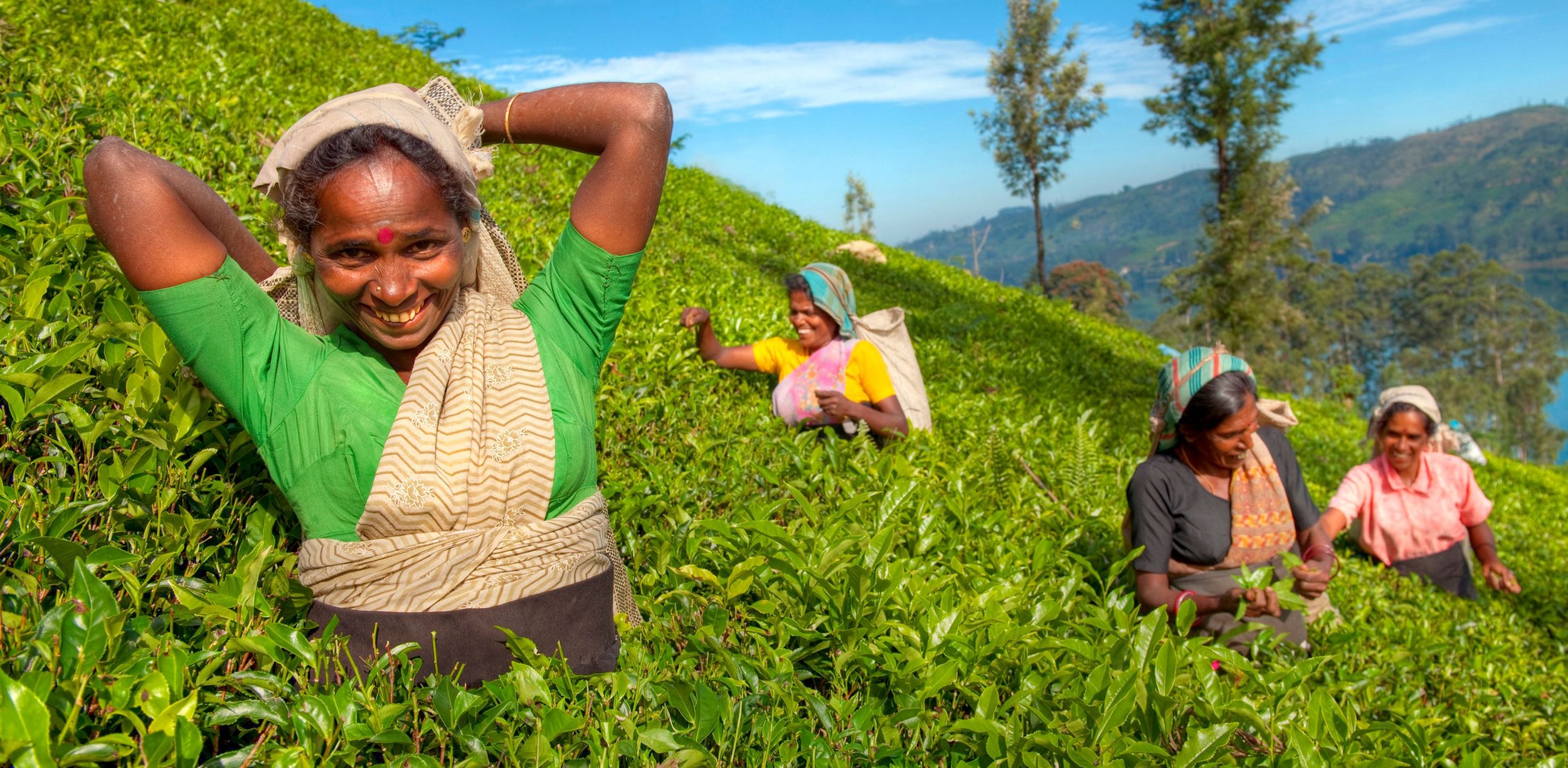Discover
Laos
Amidst the gentle world of Laos’ endlessly smiling people can be found a charismatic culture of dramatic contrasts: the few outsiders who visit here traditionally seek out the iconic Wat That Luang, Laos’ most sacred symbol, Luang Prabang’s royal palace and temples, or the picture-book retreat of the mighty Mekong’s 4,000 islands; yet beyond lies another undiscovered world of fascinating small temples, village traditions of dress, crafts and cuisine which provide the intrepid traveller with a unique connection to ways of life that have endured the vicissitudes of war, occupation, colonisation and slavery.
Expect a fascinating expedition into the exquisite natural delights and intriguing personal encounters within the world’s smallest communist state.
What to see on our
Laos Group Tours
• Explore the delightfully friendly capital Vientiane. Enjoy sunset overlooking the Mekong
• Observe the cultural diversity of the tribes in the area of Luang Namtha
• Enjoy many opportunities to observe village life, traditional customs and practices and interact with locals
• Take a spectacular 2-day journey cruising down the mighty Mekong River
• Discover the gleaming temples and soak up the magical atmosphere of wonderful Luang Prabang
• Visit UNESCO world heritage listed Wat Phou, pre-dating Angkor Wat
-
Although many of our tours are small group adventures with set departures, as a bespoke operator, we can design and create trips to suit any traveller, from solos to larger groups.
Most of our popular group tours are available on a private basis, allowing you the freedom to decide on when you would like to travel. Below we have given some sample pricing based on one or two people travelling. To find out more about organising this tour on a private basis, or arranging the perfect holiday tailored to your requirements get in touch with our well-travelled team. Contact us by phone or email.
Laos - The Secret Heart of Asia
16 Days Private Tour price based on one person travelling - from £6,640
16 Days Private Tour price based on two people travelling, sharing twin or double accommodation - from £3,690pp
Our Tours
Laos
The Secret Heart
of Asia
Small Group Tour
16 Days from £2,999
Laos and Vietnam
Treasures of
the North
Small Group Tour
16 Days from £3,295
Laos and Cambodia
Laos and Cambodia Encompassed
Small Group Tour
29 Days from £4,995
Feedback from our Travellers
Best Time to Visit
The small, landlocked country of Laos is best visited between October and April, when the weather's warm and dry throughout.
Jan
Feb
Mar
Apr
Sep
Oct
Nov
Dec
Best
Mixed
Poor
Aug
May
Jun
July







